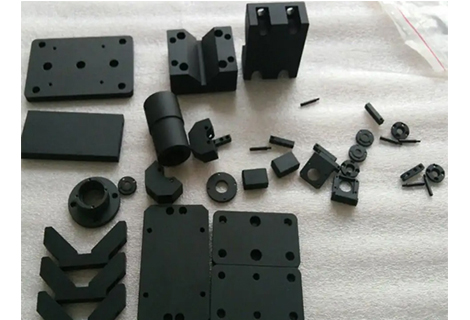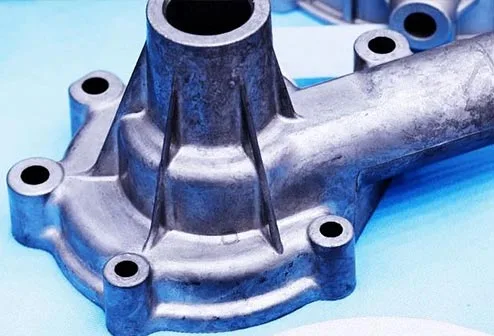Machining Outsourcing is a common business model in the manufacturing industry that takes a company's machining needs and gives them to another outside supplier that specializes in machining. This type of collaboration is widespread around the world and provides flexibility and cost reduction opportunities for many companies. In this article, we'll delve into the pros and cons of machining outsourcing to help you better understand this manufacturing strategy.
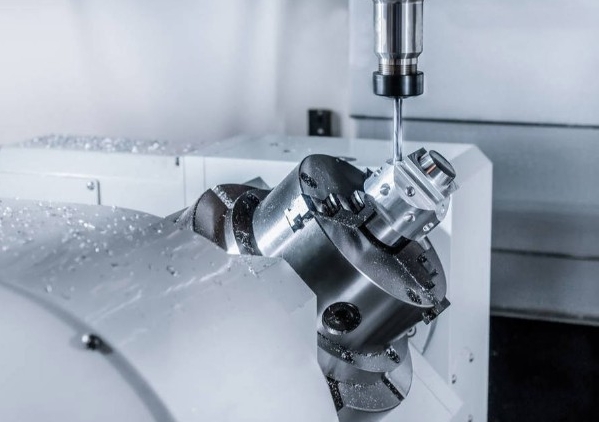
Outsourced machining suppliers often have specialized knowledge and highly sophisticated machining equipment. This means you can get high-quality, high-precision parts without having to buy and maintain this expensive equipment yourself. External suppliers usually have deeper machining experience and can provide the best processes and solutions.
Purchasing and maintaining your own machining equipment requires significant capital investment and operating costs, including equipment purchase, human resources, maintenance and training. Outsourcing machining can help companies save these costs by paying only the on-demand machining fees.
Outsourced machining has the flexibility to scale up or down based on demand. This means you can adjust your production capacity according to market demand without having to worry about constantly investing in and expanding your in-house production capacity.
Outsourcing machining to a specialized precision machining manufacturer allows companies to focus on their core business, such as product development, marketing and innovation. This helps improve competitiveness and speed up time-to-market.
External suppliers usually comply with relevant regulations and quality standards to ensure that the parts produced are compliant. This helps reduce the risk of quality issues and compliance problems.
Effective communication and coordination with external suppliers can present a number of challenges. This includes ensuring that design and quality requirements are accurately communicated, as well as tracking production schedules and delivery times.
Sharing design and manufacturing information with external suppliers can raise intellectual property and privacy issues. It is critical to ensure that contracts and agreements are in place to protect the company's intellectual property and sensitive information.
Although external suppliers often have highly sophisticated equipment, quality control still needs to be monitored effectively. Ensure that external suppliers have appropriate quality management systems and processes in place to minimize the risk of quality issues.
Relying on external suppliers may make the supply chain more vulnerable to external factors such as weather, political factors or other uncontrollable factors. This may have an impact on production schedules and delivery times.
Although machining outsourcing may reduce costs in the short term, the accumulated outsourcing costs may be higher in the long term. Therefore, companies need to carefully weigh short-term and long-term benefits.
To maximize the benefits of machining outsourcing, companies can adopt the following strategies:
Choose the right suppliers: Select suppliers with a good reputation and quality track record, and build long-term partnerships with them.
Establish clear communication channels: Establish effective communication channels to ensure that design and quality requirements are accurately communicated.
Sign smart contracts: Sign smart contracts and agreements to protect intellectual property, privacy and quality standards.
Establish Supply Chain Transparency: Maintain transparency into the supply chain to understand production progress and risks in a timely manner.
Regularly evaluate and improve: Regularly evaluate the efficiency and cost of outsourced machining for improvement and optimization.
Machining outsourcing is a common strategy in the manufacturing industry that offers a variety of benefits and challenges. Through smart supplier selection, effective communication and quality control, companies can maximize the benefits of this strategy to increase productivity and remain competitive. When choosing to outsource machining, the pros and cons should be weighed against a company's specific needs and long-term strategy to ensure the best results.
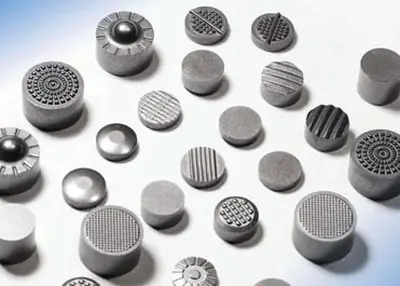 Alloy Steel vs Carbon Steel: Which Is Better?September 5, 2023Steel is a major global industry that involves the combination of iron with other elements, both metallic and non-metallic, to create a versatile material. This combination is done to attain specific ...view
Alloy Steel vs Carbon Steel: Which Is Better?September 5, 2023Steel is a major global industry that involves the combination of iron with other elements, both metallic and non-metallic, to create a versatile material. This combination is done to attain specific ...view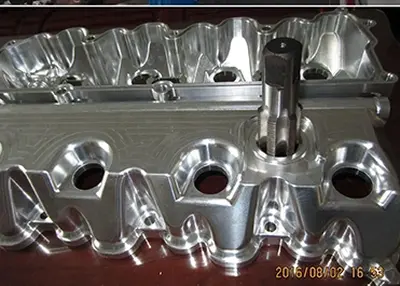 What Is the Difference Between Calcined Alumina and Aluminum Oxide?October 27, 2023In the refractory industry, calcined alumina and activated alumina are buzzwords, because they have become important synthetic raw materials for refractories, especially in some high-performance amorphous refractories. However, the difference between the two and whether the term is appropriate, there is ambiguity.view
What Is the Difference Between Calcined Alumina and Aluminum Oxide?October 27, 2023In the refractory industry, calcined alumina and activated alumina are buzzwords, because they have become important synthetic raw materials for refractories, especially in some high-performance amorphous refractories. However, the difference between the two and whether the term is appropriate, there is ambiguity.view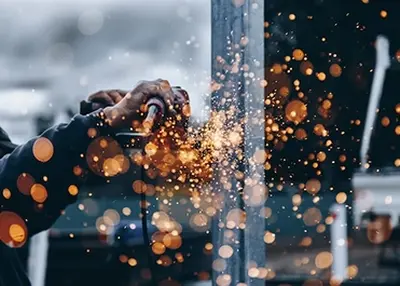 An Introduction to Metal Fabrication: Benefits, Methods & ApplicationsDecember 7, 2023This article introduces sheet metal fabrication in detail. As a versatile metal production technique, it shows extensive applications across numerous industries.view
An Introduction to Metal Fabrication: Benefits, Methods & ApplicationsDecember 7, 2023This article introduces sheet metal fabrication in detail. As a versatile metal production technique, it shows extensive applications across numerous industries.view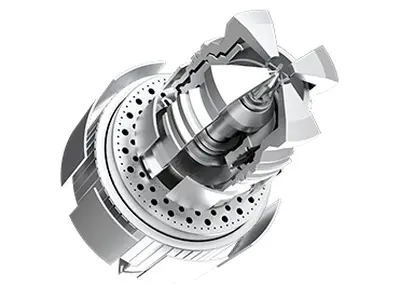 Unleashing Precision: Richconn's CNC Machined Steel ExcellenceNovember 10, 2023Welcome to the realm of precision and durability, where machined steel takes center stage. In this comprehensive exploration, we'll navigate through the intricacies of machined steel, unveil its diverse applications, compare various types, delve into performance metrics, examine Richconn's CNC machining advantages, and provide essential knowledge on mechanical machining.view
Unleashing Precision: Richconn's CNC Machined Steel ExcellenceNovember 10, 2023Welcome to the realm of precision and durability, where machined steel takes center stage. In this comprehensive exploration, we'll navigate through the intricacies of machined steel, unveil its diverse applications, compare various types, delve into performance metrics, examine Richconn's CNC machining advantages, and provide essential knowledge on mechanical machining.view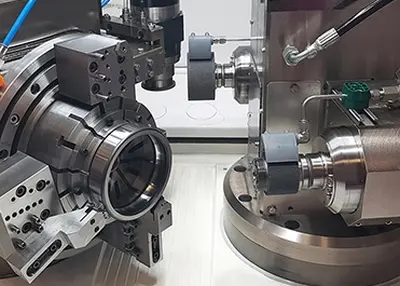 Unveiling the World of Complex Machined Parts: A Comprehensive ExplorationNovember 14, 2023Embark on a journey into the intricate realm of complex machined parts, where precision meets innovation and engineering excellence takes center stage. In this comprehensive exploration, we'll delve into the definition, manufacturing processes, applications across industries, quality standards, material selection, market trends, and even the key players in the supply chain. Get ready to unlock the secrets behind these components that power the machinery shaping our modern world.view
Unveiling the World of Complex Machined Parts: A Comprehensive ExplorationNovember 14, 2023Embark on a journey into the intricate realm of complex machined parts, where precision meets innovation and engineering excellence takes center stage. In this comprehensive exploration, we'll delve into the definition, manufacturing processes, applications across industries, quality standards, material selection, market trends, and even the key players in the supply chain. Get ready to unlock the secrets behind these components that power the machinery shaping our modern world.view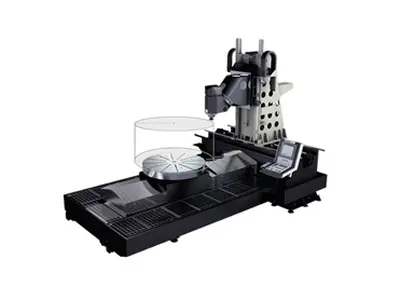 Everything you need to know about stamping diesJuly 11, 2023Commonly used materials for stamping partsThe commonly used stamping materials for stamping dies (also known as hardware dies) are:Aluminum material: aluminum material, generally aluminum is used for ...view
Everything you need to know about stamping diesJuly 11, 2023Commonly used materials for stamping partsThe commonly used stamping materials for stamping dies (also known as hardware dies) are:Aluminum material: aluminum material, generally aluminum is used for ...view
 EN
EN
 ru
ru 
